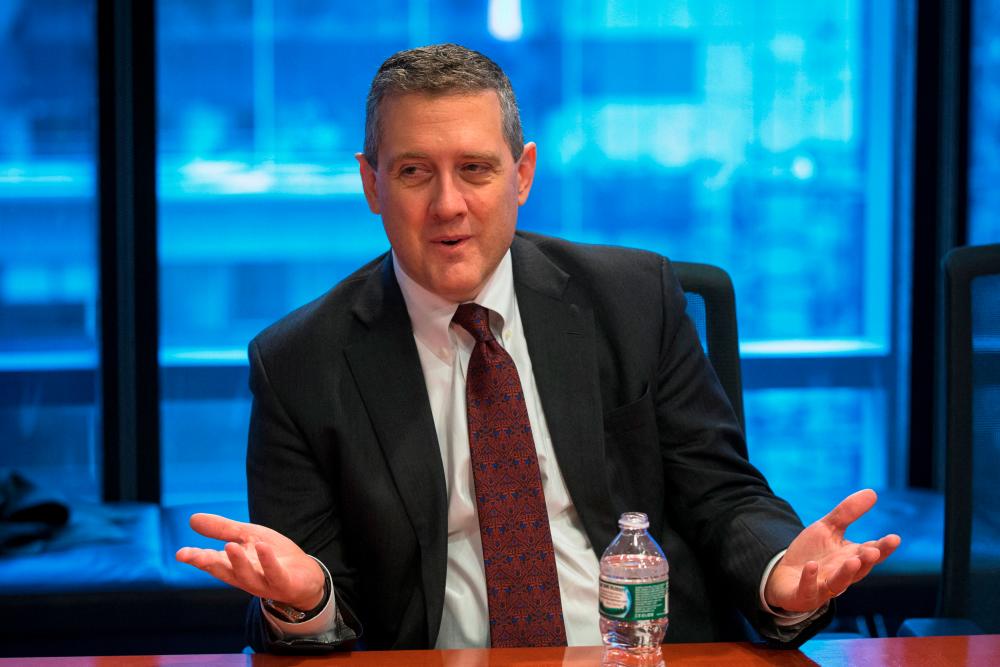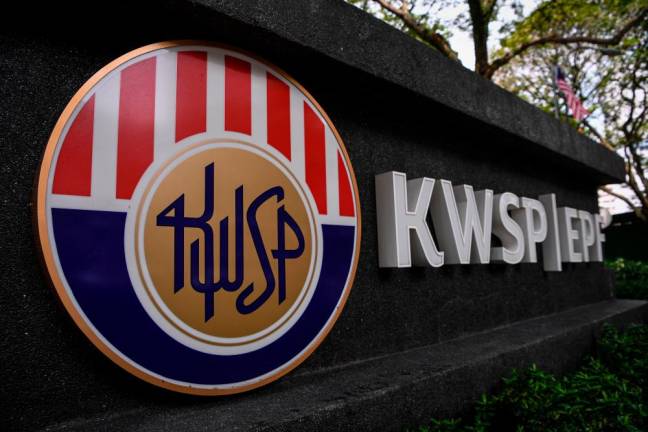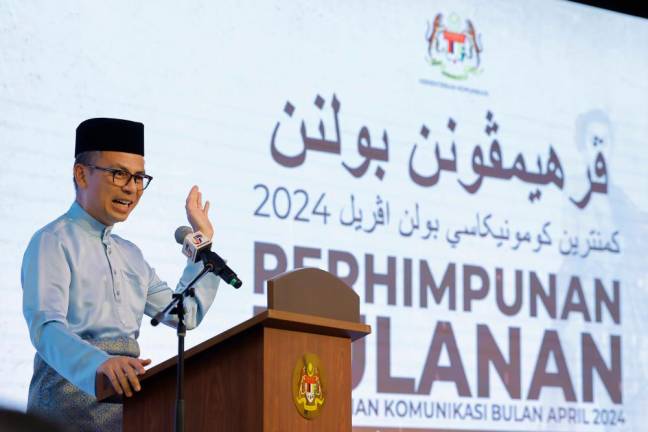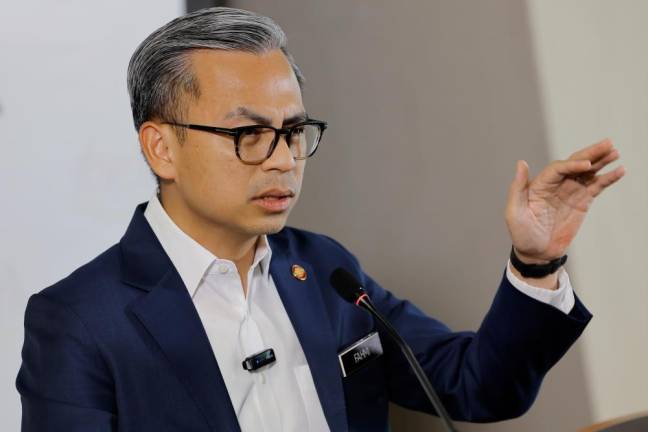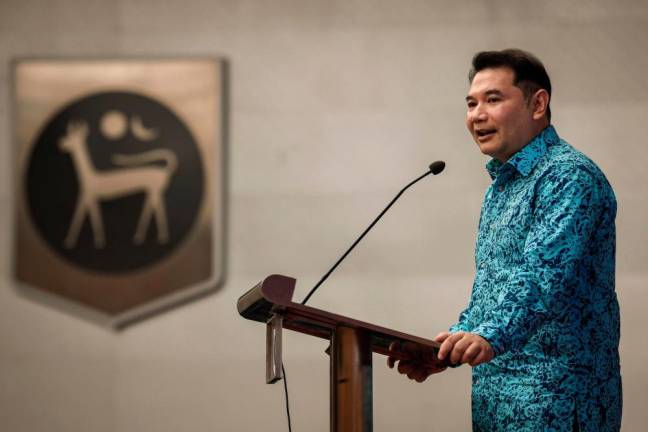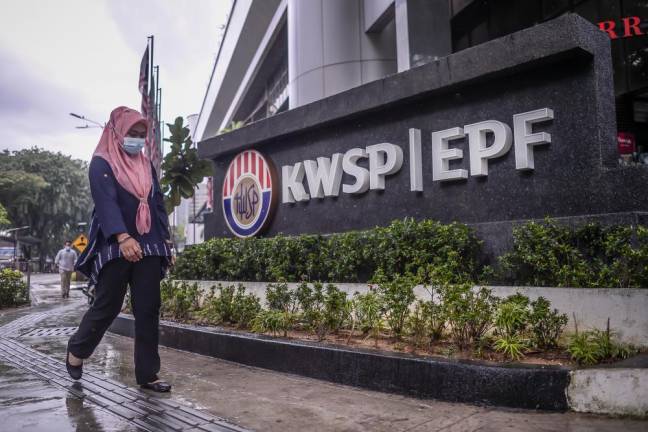NEW YORK: The Federal Reserve (Fed) needs to keep raising borrowing costs to bring high inflation under control, a string of US central bank officials said on Thursday (Aug 18), even as they debated how fast and how high to lift them.
St Louis Fed president James Bullard (pix), who was among the central bank’s earliest advocates last year of a more muscular response to fast-building price pressures, said that given the strength of the economy he is currently leaning towards supporting a third straight 75-basis-point interest rate increase in September.
“I don’t really see why you want to drag out interest rate increases into next year,” Bullard told The Wall Street Journal, saying he would like to get the Fed’s benchmark overnight interest rate to a target range of 3.75% to 4.00% by the end of this year. The Fed’s policy rate is currently 2.25%-2.50%.
Earlier on Thursday, San Francisco Fed president Mary Daly said increasing rates by 50 or 75 basis points at the Fed’s next policy meeting on Sept 20-21 would be a “reasonable” way to get short-term borrowing costs to “a little bit above” 3% by the end of this year, and on their way to a little bit higher in 2023.
The exact pace would depend on employment data, which has shown brisk growth in recent months, and inflation, Daly told CNN International. Inflation, by the Fed's preferred measure, is running at more than three times the central bank's 2% target.
With the global economic slowdown acting as a headwind on US growth, she said “we have to take that into consideration as we ensure that we don’t overdo policy”.
Fresh data on Thursday showing a dip in the number of Americans filing for unemployment benefits last week added to evidence that, save for the fast-cooling housing market, the economy is holding up despite the steepest round of Fed rate hikes since the 1980s.
Investors may get a better read on the Fed’s likely actions in coming months next Friday, Aug 26, when Fed chair Jerome Powell gives a highly anticipated speech on the economic outlook at the annual global central bankers’ conference in Jackson Hole, Wyoming.
Powell last month held the door open to another “unusually large” rate increase at the Fed’s next meeting, but also said “it likely will become appropriate to slow the pace of increases” to give policymakers time to take stock of how higher borrowing costs are affecting the economy.
Fed officials' remarks on Thursday suggest an emerging split in the central bank between those who want to push rates higher quickly, and those who are more cautious because of potential damage to the job market and the risk of a rise in the US unemployment rate, now at 3.5%.
But both Bullard and Daly said they felt that once rates get to a certain level, the Fed will not quickly reverse course. Bullard said market expectations of rate cuts were “definitely premature”. Daly said she supported a “raise-and-hold” strategy.
“The worst thing you can have as a business or a consumer is to have rates go up and then come rapidly down ... it just causes a lot of caution and uncertainty,” Daly said. “I do think we want to not have this idea that we’ll have this large hump-shaped rate path where we’ll ratchet up really rapidly this year and then cut aggressively next year – that’s not what’s on my mind.”
Minneapolis Fed president Neel Kashkari, the most hawkish of Fed policymakers, said the central bank needs to “urgently” bring down inflation. “The question right now is, can we bring inflation down without triggering a recession?” he said at an event in Wayzata, Minnesota. “And my answer to that question is, I don’t know.” – Reuters



